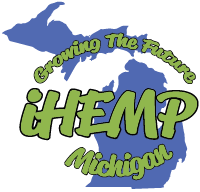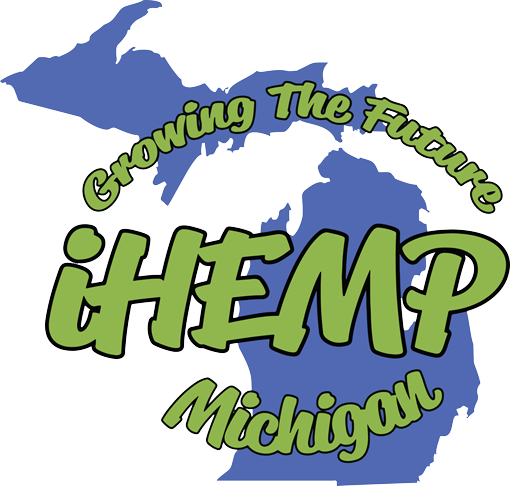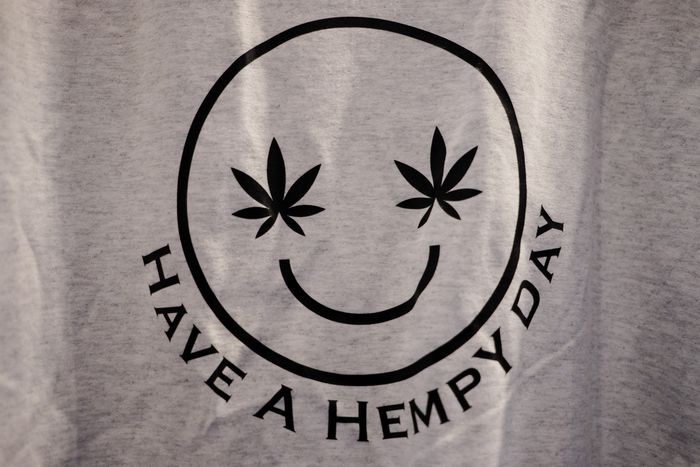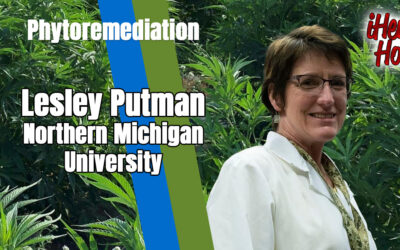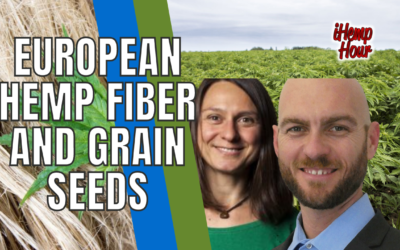https://www.mlive.com/public-interest/2020/02/there-may-be-a-pot-of-gold-at-the-end-of-michigans-hemp-farming-rainbow-or-useless-marijuana.html
FRANKENMUTH, MI — Marylynn Bigelow, a 67-year-old University of Michigan nurse nearing retirement, purchased an 80-acre plot in Michigan’s northern Lower Peninsula.
It’s in Emmet County’s Levering, a small town minutes from the Mackinac Bridge. She hoped to become hemp farmer — and still may.
“I wanted a place I could maybe live out my dream of having a sustainable homestead,” Bigelow said Tuesday evening while sitting in a gray sweater and scarf at a dinner table in the exposed-stone banquet room of Frankenmuth’s Black Forest Catering, formerly Sullivan’s Black Forest Brew Haus & Grill.
Bright white, flared napkins, as if prepped for a wedding reception, were propped neatly on the table before her as some of Michigan’s most curious, opportunistic and courageous farmers trickled in, many addressing one another by first names.
“I come to something like this and its intimidating,” Bigelow said. “Everybody knows everybody and they clearly know what they’re doing.”
This was the first of two planned informational sessions dubbed “Hemponomics 102,” intended for prospective hemp farmers, or those who gave it a try last year, to learn, share and network.
Dave Crabill, a spokesman for iHemp Michigan, a hemp farming trade organization that put on the event, said the “course number” was chosen based on the upcoming hemp farming pilot growing season being the state’s second.
While it’s arguable that some in the room may have more knowledge or experienced than Bigelow, none, if any, are masters of the essentially brand-new crop that became legal to grow in 2018.
The room is filled with optimism and trepidation.
Bigelow, while traveling back and forth to her farm from University of Michigan Hospital in Ann Arbor, with the help of her son attempted to grow three acres of hemp last year. Her harvest was a total loss and had to be destroyed.
Everyone is still learning, said Crabill, who led planning for the $70-per-ticket event, $30 for iHemp members.
Michigan in 2019 took the federal government up on its offer allowing states to create their own pilot hemp farming programs. In the meantime, the U.S. Department of Agriculture (USDA) developed interim hemp farming rules to remain in place until Nov. 1, 2021.
There were 603 Michigan hemp farmers who registered for the 2019 pilot program. They planted an estimated 15,477 acres and 300 indoor facilities grew 10 million square feet of plants indoors.
So far, more than 400 hemp farmers have signed up to grow in the 2020 season.
On a table in the fringes of the Frankenmuth event were vacuum-packed bags of Cherry Wine hemp seed and distillate from the hemp plant that looked the consistency and color of fresh honey. The distillate is sold for use in CBD tinctures, topical lotions, edibles and other health products.
In the opposite corner, T-shirts read, “Have a hempy day,” below a smiley face. The eyes were replaced with cannabis leaves.
Hemp and marijuana come from the cannabis plant, but they’re just bred for different traits.
While marijuana is usually produced for it intoxicating THC, hemp — or “industrial hemp” as the government calls it — has minimal amount of THC, by definition, less than .3% THC.
The strict and arbitrary THC limit is one most farmers argue should be increased in order for U.S. hemp farmers to compete globally. Based on comments made by attendees Tuesday, most would like to see the limit elevated to between 1% and 3%.
Hemp, usually wispier than it’s marijuana brethren, is sought after for its medicinal properties derived from cannabinoids, like popular and loosely regulated CBD that’s even now available at Family Video, gas stations and health stores across the U.S.
But Crabill and attendees Tuesday’s hemp farming event believe the possible uses of hemp are vast and largely untapped.
“The grain is a super food,” Crabill said. “That hemp seed is 30% protein and high in amino acids … The fiber is super exciting. The Patagonia jacket I bought is hemp fiber.”
Crabill spoke of efforts to compress hemp plant material with lime or sand to create building materials known as “hempcrete” and a process that uses hemp in plastic.
“We see a future where hempcrete is just a normal building material down the road … We’re going to need trainloads before we get to this point.”
Crabill said the industry is sorely lacking in processors able to convert the plant into marketable commodities. He said there’s an estimated 3 million pounds of hemp plant material sitting idle nationally with no economically feasible way to convert it into marketable products, due to proximity and availability of processors.
“Patagonia wants fabric, not fiber,” Crabill said. “The challenge is setting up the full supply chain for fiber to fabric.”
One of biggest problem for Michigan hemp farmers in 2019 were “hot” harvests, meaning the hemp tested with above allowable THC levels. Numerous factors, including hot weather or delayed harvesting, can cause levels to rise.
While the state allows retesting, THC levels usually don’t diminish while plant remains rooted, Crabill said.
This is why Bigelow lost her fields of hemp. She purchased seeds intended to produce plants within the allowable THC range, but the plants tested “hot.” Exactly how “hot,” she couldn’t recall.
Based on 847 samples tested by the Michigan Department of Agriculture and Rural Development (MDARD) in 2019, 84% were within the acceptable THC range. Only a few outlying samples rose about 3% THC, which is still relatively low when compared to marijuana THC levels that can approach 30%.
Bigelow said she has a good friend in Slovakia who distributes CBD, so she thought hemp would be a good crop for her, since she’s already has an inside track to the market.
But after losing her entire “hot” hemp crop in 2019, she considered abandoning the idea.
“But I don’t know,” she said. “It keeps coming back to me.”
She pulls out her cell phone and swipes to the picture of a vast northern Michigan field beneath a blue sky spotted with dark clouds and a group of rusty-leaved trees in the distance.
“And I think this is the reason.. ” she says.
A stream of color dives in from the top of the image.
“That’s a double rainbow,” Bigelow says, “and it ends right where our failed hemp is.
“That’s my pot of gold, right there.”
A second Hemponomics 102 event is scheduled from 5 p.m. to 8 p.m. Thursday at the Western Michigan University’s Fetzer Center, 2251 Business Ct. in Kalamazoo. More details and ticket information is available on the iHemp Michigan website.
